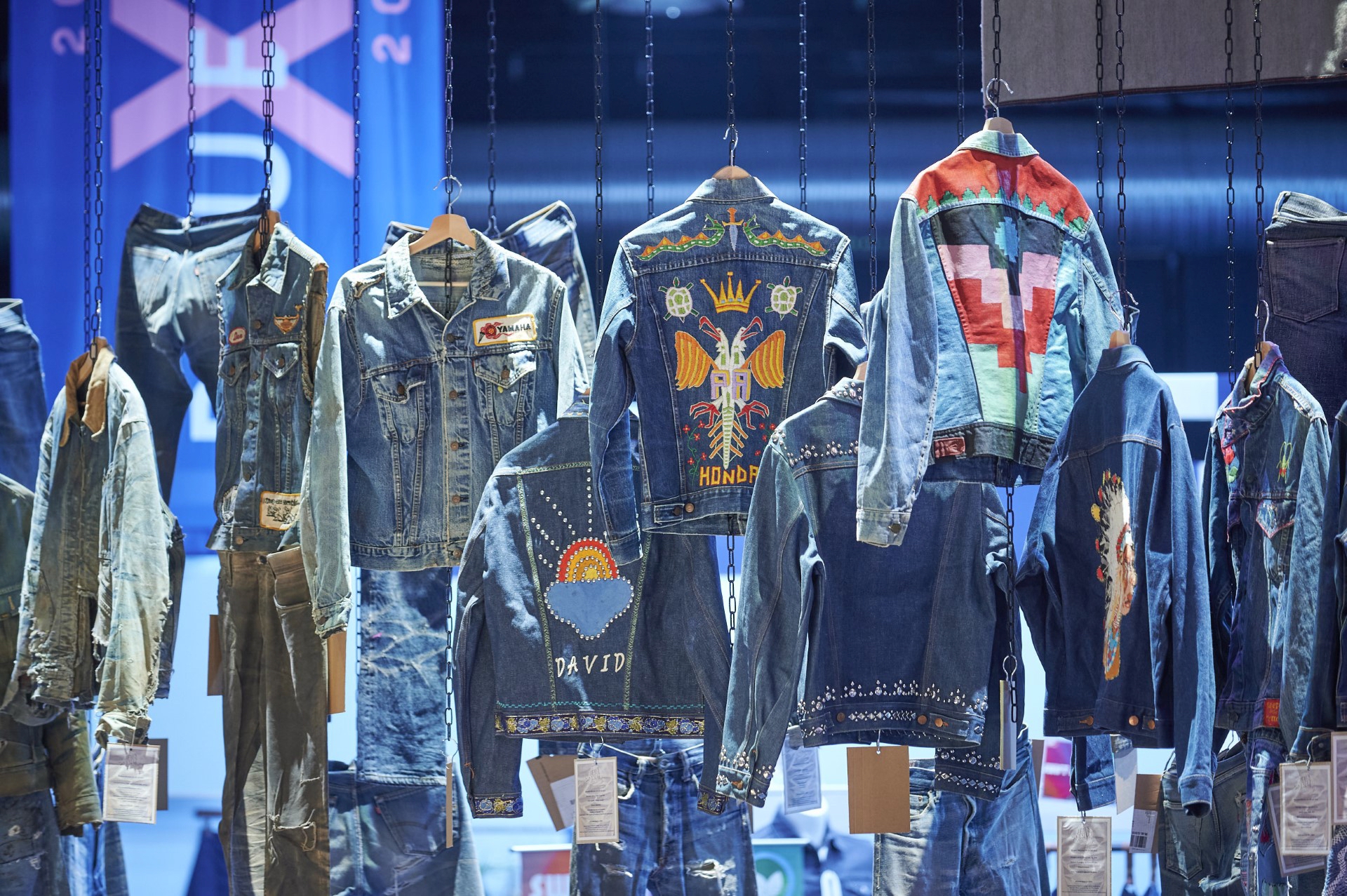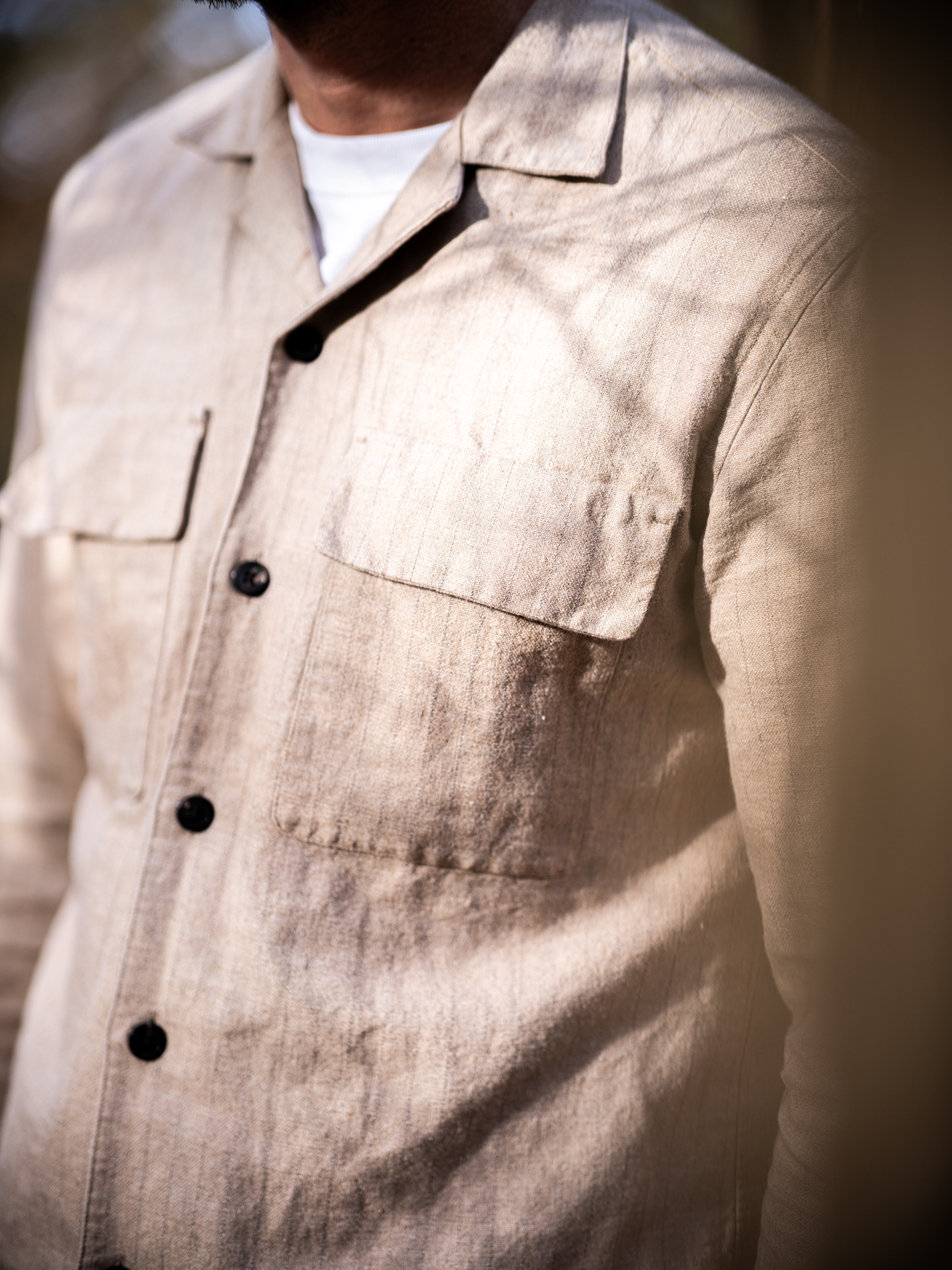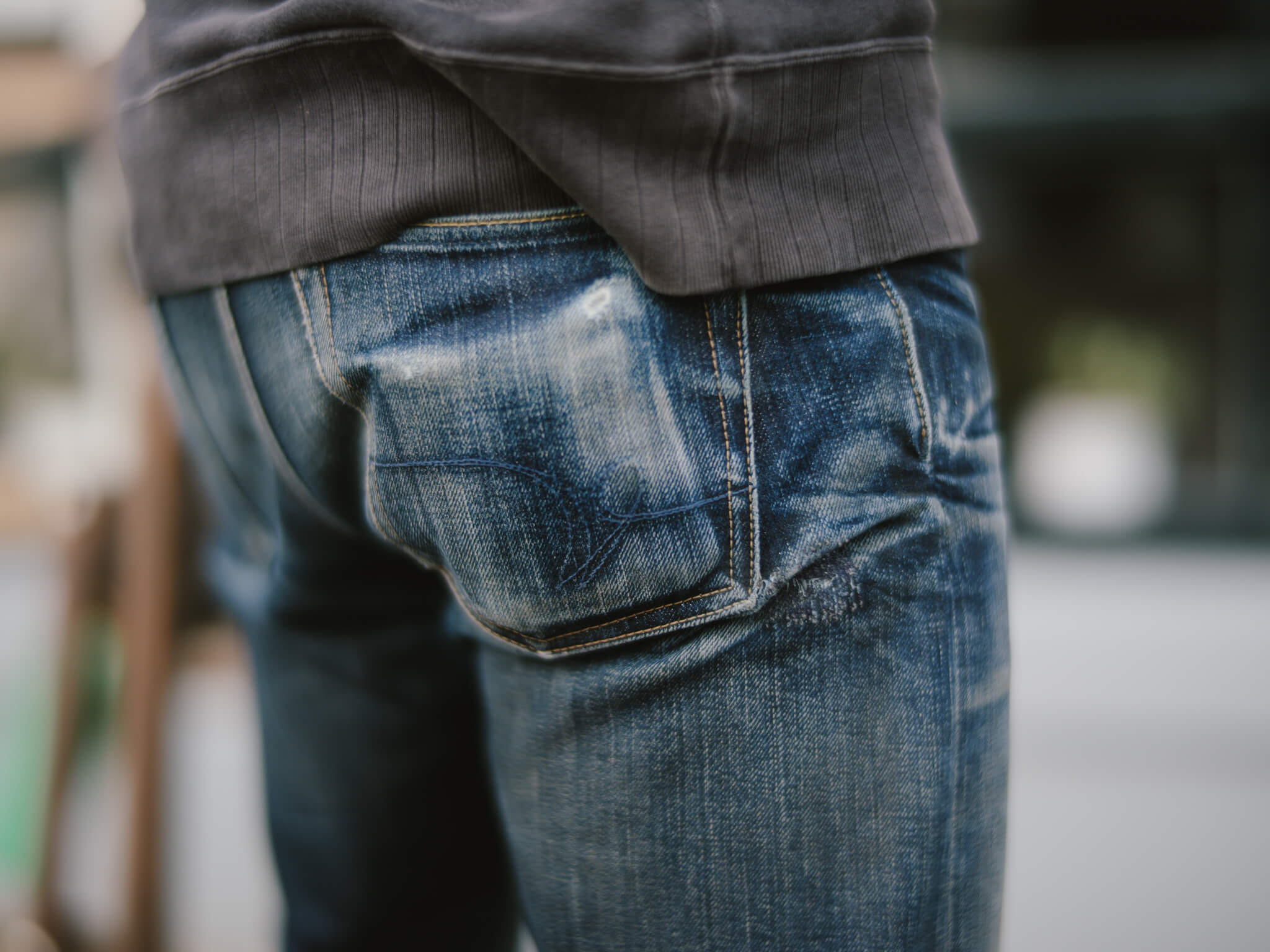Meet the Squad behind the Osaka-based Virtual Boutique Haku
Osaka is loved for its gastronomic legacy, distinctive culture, and ambiance. The city, lying close to Okayama and Kojima, serves as a gateway to the inner sanctum of Japanese craftsmen and artisans. The city holds a unique creative spirit, which shines through in so many of its authentic brands and retailers. One of these treasures of Osaka is the virtual boutique Haki, a store which is enveloped by the deities who have influenced Japanese denim culture.
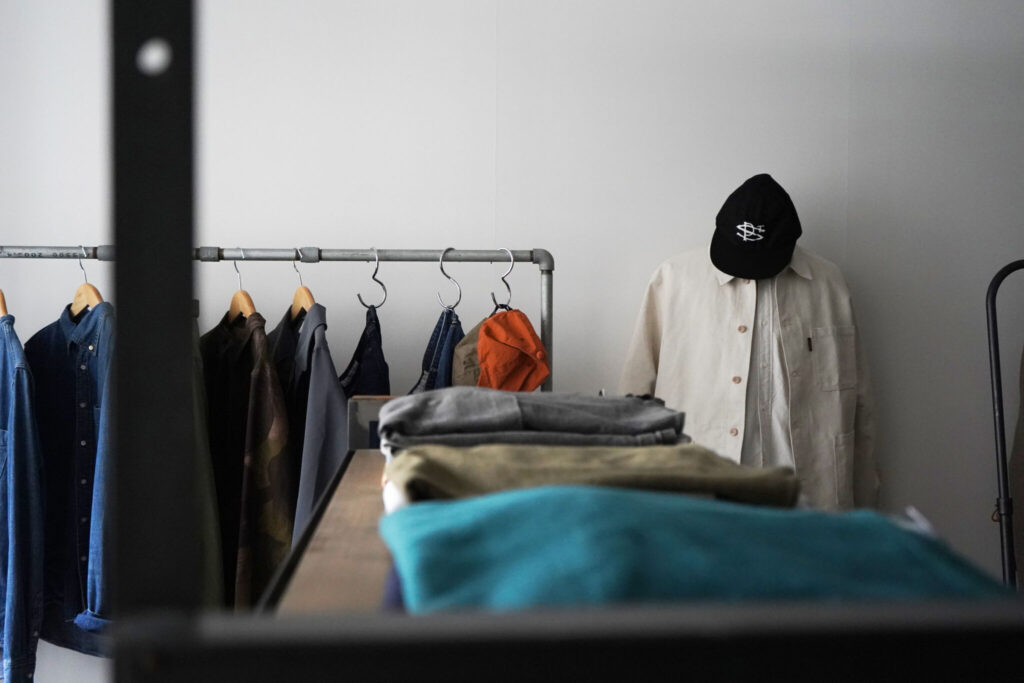
The inception of Haku follows a familiar path. The team behind the store found each other through their shared passion for vintage American apparel. This unquenchable passion ultimately drove them to create a store with one distinct objective. Through Haku, the team would offer garments of unmatched quality that can be worn for a lifetime. They would create vintage clothing for the next generation.
Haku offers a diverse selection of more than a hundred Japanese brands, many of which are extremely difficult to find outside of Japan. Serving as a beckoning and tantalizing doorway, the store helps global customers discover truly authentic Japanese style and quality. The brands are carefully selected, and each brand, in its own way, embodies a distinctly Japanese artisanal ethic. Each brand and each piece showcases the attention to detail that Japanese craftsmen are renowned for, and each brand embraces ancient Japanese techniques, handed down from generation to generation.
We had the pleasure of sitting down for a conversation with the Haku team. We spoke about the store’s underlying vision, their partnerships with brands, and the remarkable impact that the city of Osaka on shaping their work methodology.
Robin: Who are the people behind Haku?
Abe-san: We are Abe, Fujii and Washimi. All three of us have been working in American vintage stores. You probably know that, in Japan, American clothing especially from the 20th century is highly sought after. How can you not be fascinated by an original M65 parka for instance? The way the material ages and improves with wear is something that simply aligns with our cultural concept of ‘Wabisabi’. It has been an absolute privilege for us to curate these garments for our customers and to handle these pieces, you could almost say artefacts, of history. They simply have a timeless quality that we are very drawn to. It just felt natural to take our love for good clothing one step further and create our own store.
Robin: Back in 2004, you established a store dedicated to the brand ROCOCO. What was the ROCOCO concept, and how does it connect to Haku?
Abe-san: This actually has a lot to do with our background. If you spend a lot of time in the vintage scene in Japan, you can’t help but notice some downsides: there are only limited quantities of vintage available, so it is becoming a collector’s market. Prices are rising, and many people can no longer afford these cherished garments. There are also very few clothing items still being manufactured in the US, which means that many of the garments we love the most have become endangered species.
We began to worry about the generation of people like us. Where can they go to experience this kind of quality? Isn’t this something everyone deserves? That’s how we began our mission: to source an outstanding selection of unknown but valuable products from home and abroad. These products have a connection to vintage American apparel, which has been an influence on us from the very start. Our mission is to create vintage for the next generation. We want to sell items that people like us can discover in 20-30 years in a thrift store, something they can bring home with excitement.
Robin: Can you explain how the Haku concept evolved from your original brand? What led to the shift to a multi-brand retail model?
Abe-san: We have many customers who understand that and love us for precisely that concept curating of vintage for the next generation here in Japan. However, we soon learned that there is a demand for these clothes outside of Japan, which is why we set up HAKU. The main difference is that, for Rococo, we focus more on great products from all over the world, whereas, with HAKU, we focus more on Japanese products and the Japanese culture that shapes these garments.
We want to create a shopping experience that is also an educational one. We understand that we have a platform, and we see it as our responsibility to use it to shine a light on these smaller, lesser-known Japanese brands that utilize ancient traditions and combine them with modern technology. We carry a lot of brands that you cannot find anywhere outside of Japan. With this approach, we are taking risks, but we believe that every vision needs an element of risk. If we play it safe, these brands might simply disappear.
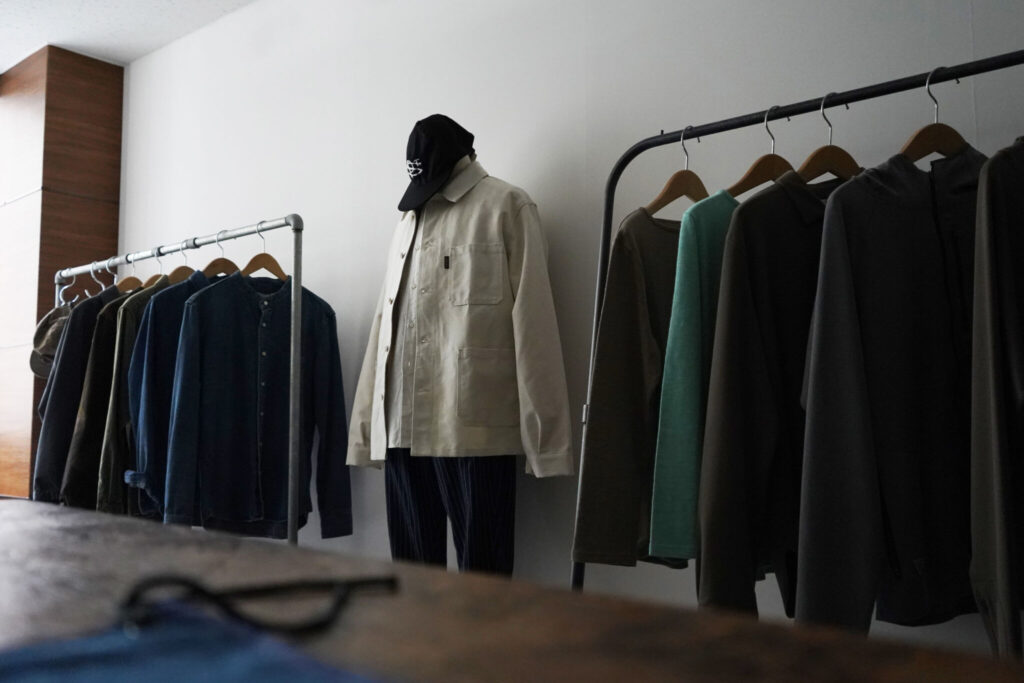
Robin: What fundamental values and principles guide the operations of Haku?
Abe-san: Apart from curating vintage for the next generation, our mission is to make people attractive. Now, we don’t mean attractiveness in a narrow sense of just looking good, and it is not just limited to our customers. We want everyone involved with us, including producers and us, the sellers, to be attractive. We are making brands attractive by offering them, styling them, supporting them, etc. To us, attractiveness or attraction is linked to self-realisation. Our brands and our team make it possible for our customers to find the right clothing for them that makes them feel confident and attractive. Everything we do, from the products we select, the photos we take, to the way we pack things, conveys this kind of attractiveness.
Robin: Why are you so passionate about vintage fashion and what specifically attracts you to it?
Abe-san: Ah, vintage, how much time do you have? There is this general idea that things were built better in the past, and there is a lot of truth to that. A lot of the items we consider vintage today weren’t made for fashion purposes. They served a certain function, for instance in the military or as workwear. They were engineered to withstand whatever the job required. You can see that in the detailing of vintage clothing that each small detail makes it more practical and durable.
But it’s not just quality and details, there is an almost immeasurable value in the design of these garments! If you are into clothing, you can simply tell how vintage design defies fashion trends. As a matter of fact, some of the superfluous details of vintage clothing are hallmarks of good design, and people who are into clothing all share a deep affinity for these little things. They can tell when modern brands pay homage to the quality and design of the past.
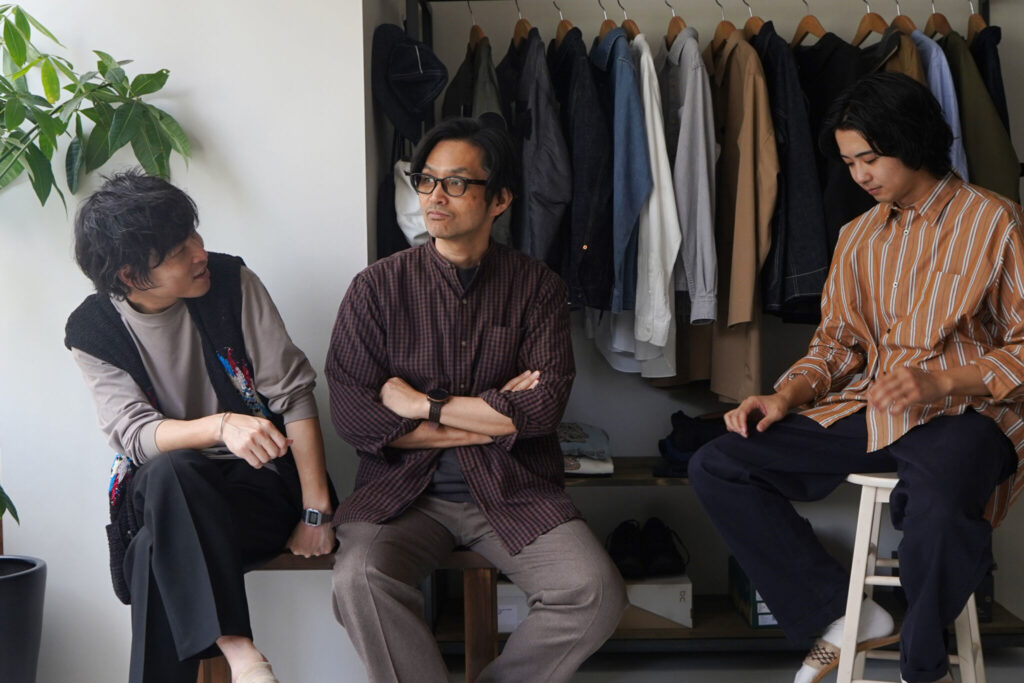
Robin: How does your deep love for vintage American clothing influence your approach at Haku and the brands you select for the store?
Abe-san: Well, we believe that a good thing does not change its high value no matter what era it is from. It’s an inherent quality. It’s the soul of the garment that defies age and time. If something is done well today, it will still have that special feeling to it in a few decades. Vintage lovers know that feeling they get from finding such an item in thrift store, it doesn’t matter whether it’s 30 or 40 years old, what matters is that it was a quality item then and it is a quality item now. The fact that it has aged well is just proof of the quality.
It is our greatest ambition to convey this special feeling through the items we carry in our shop, and I think these values that derive from this feeling almost form a sort of policy on which brands we decide to carry. We never just decide on brands by looking at a catalogue. We always want first-hand experience with every single item we stock to ensure the item has that special feeling.
Robin: Osaka is known for its rich cultural heritage and fashion-forward mindset. How does the city impact your collections, and how does Haku connect with or support the local community?
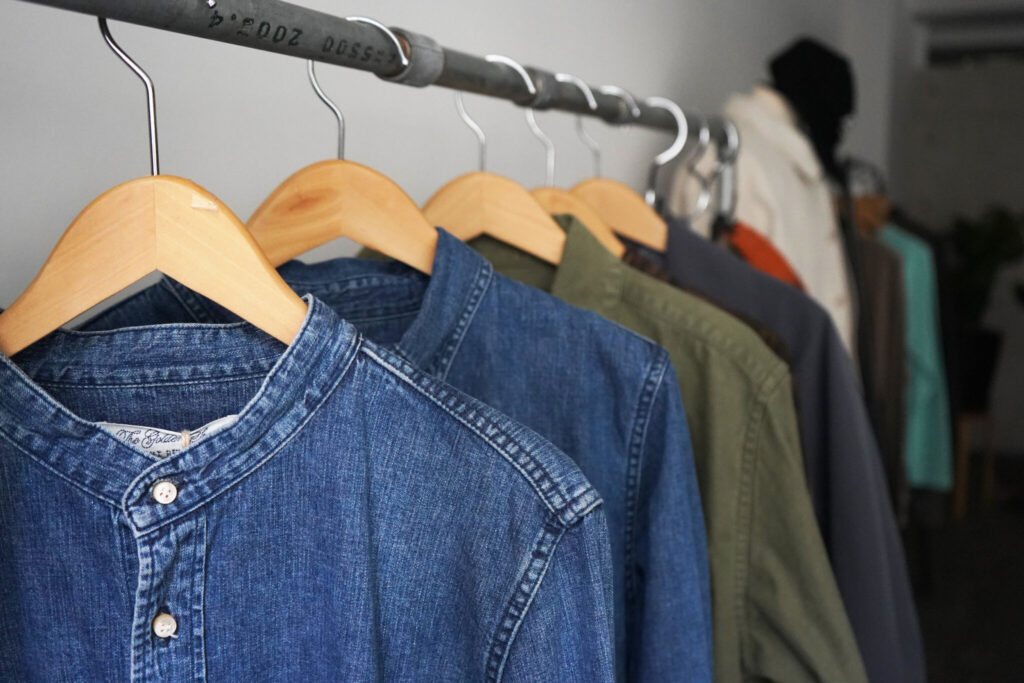
Abe-san: We were all born and raised in Osaka (Kansai), so it is quite hard for us to feel influence of the culture and region on fashion. It is in our blood. It is what we were raised with. But we do feel a little different from the Japanese fashion expressed in Tokyo. Osaka fashion has a ‘warmth’ to it. Fashion in Osaka is freer in its expression. We are less restricted and are not as scared to be a little different. You can absolutely see that desire for freedom in our collections, and we combine vintage styles with functional outdoor and sportswear, which may influence and contribute to a certain Haku look that we find is quite unique to us.
Robin: How do you go about choosing the brands you work with? What are the most important factors you look for when choosing brands for your collection?
Abe-san: First of all, we do not care for names. You learn that from being a vintage aficionado: it is not necessarily the most popular brands that create items that stand the test of time. Our focus is not whether a brand is well known or famous. We only care if their products are worth their price and will bring our customers joy for a long, long time. So, when we like the product, we also connect deeply with the creators behind the brand to see if their philosophy and passion aligns with ours.
Robin: How do you engage with your customers and gather their feedback? How has customer feedback influenced any changes or adaptations in your offerings?
Abe-san: The feedback from our customer means the world to us. Until you hear what people are thinking, you are just living in a bubble. We read the reviews we receive from our customers very carefully. We always want to know how a product or service has affected them. What did people buy, why did they buy it, did they love it, what brands do they combine? We constantly try to learn from the feedback and adapt our product assortment to make it more attractive to our customers.
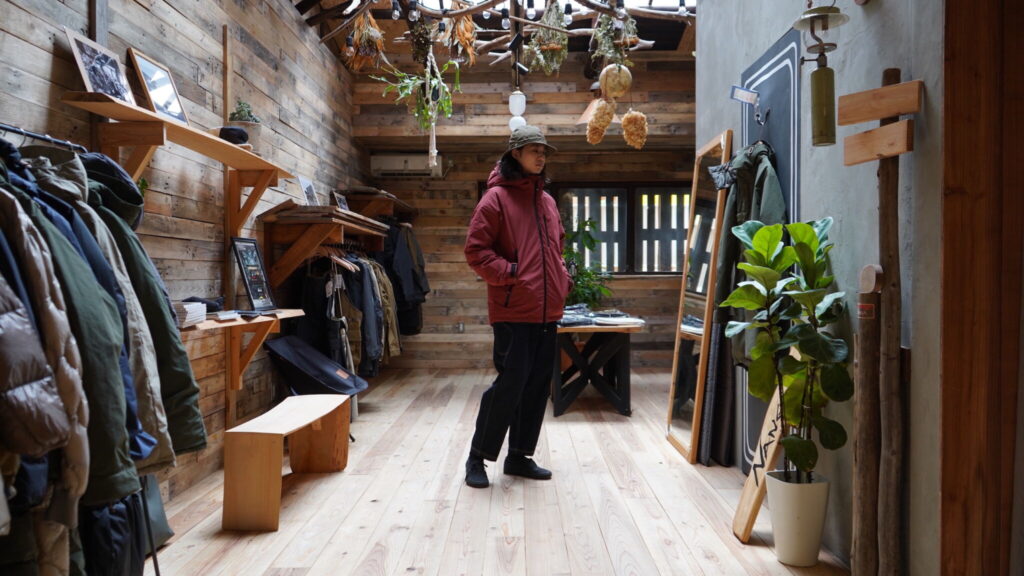
Robin: The majority, if not all, of the brands showcased by Haku originate from Japan. What do you particularly love about Japanese clothing?
Abe-san: If vintage American clothing was the source, it is reinterpreted and delicately interpreted with a uniquely Japanese sense of values. There are entire books written on how Japan took on American influences such as Ivy or Prep and gave it a new life. The appeal of the brands we carry comes from their ability to capture this unique way of expression.
Robin: Unlike many Japanese stores we know, your primary focus isn’t solely on Japanese denim. What’s your perspective on denim culture in Japan? Do you foresee the inclusion of Japanese denim brands in your collection in the foreseeable future?
Abe-san: Japanese denim culture came from the USA and Europe, but I believe it is currently evolving in its own unique way in Japan. We believe that the high level of technology used in the production of reproducing vintage denim fabrics and adding new interpretations will continue to have an impact on world fashion in the future. I believe that new denim brands will continue to be born in Japan, and we will be able to introduce them to customers all over the world. There is a reason Kojima in Okayama is sort of a denim Mecca. We are blessed with so many fantastic denim makers and brands. If you are a denim head, it is a beautiful time to be alive.
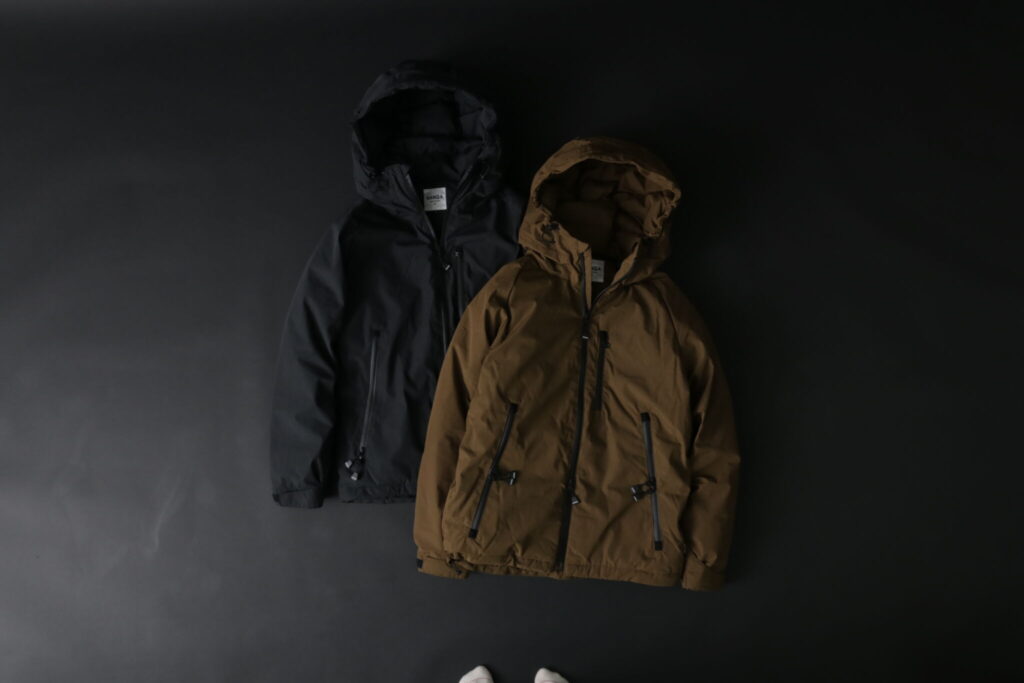
Robin: Your history includes engaging in remarkable collaborations with Japanese brands. Could you spotlight a couple of these collaborations that stand out to you, and share what makes them particularly special in your eyes?
Abe-san: We’ve had numerous collaborative items over the years with brands like Japan Blue Jeans, FOB Factory, and Remi Relief. However, there’s one collaboration we’d like to delve into a bit more – our partnership with NANGA. NANGA holds a legendary status here in Japan; they initiated the production of outdoor sleeping bags in 1988, and they have since evolved into one of the most prestigious creators of premium outerwear. It is very hard to find made-in-Japan down jackets, and we are glad to say that our jackets with NANGA are all still made in Japan!
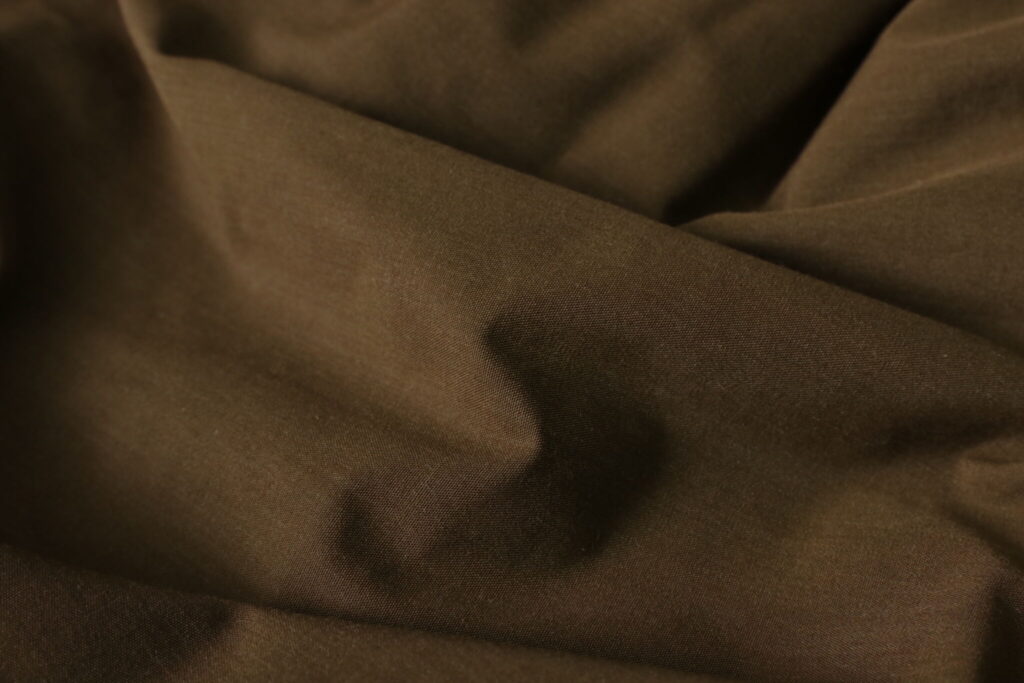
Our initial collaboration with them was centered around crafting a distinctive down jacket using a specialized flame-retardant material called TABIKI, developed from the ground up by NANGA. Unlike conventional down jackets made from nylon or polyester, which can be risky to wear near a fireplace due to their flammability, this innovative material resolves that concern. You no longer need to worry about such issues while enjoying time around a bonfire. Furthermore, the matte finish of the material adds a touch of sophistication, blending seamlessly with urban environments without the glossy appearance often associated with traditional down jackets.
When NANGA first introduced this material to us, it was featured in a single model utilizing the “TAKIBI” fabric. Although our store was situated in the heart of Osaka, one of Japan’s largest cities, our vision extended beyond urban settings. We aspired to design a garment that not only catered to city life but also offered practicality for a wide range of activities, including outdoor pursuits. We aimed to create a material that is equally functional in both contexts. Our initial collaboration involved incorporating this fabric into their flagship model, the “Aurora Down Jacket.” This jacket became a massive success in Japan, with many individuals swearing by its quality.
We’re excited to announce that we’re reintroducing this fabric in three distinct silhouettes. If you’re in search of the perfect winter jacket, this is something we highly recommend and are incredibly proud of.
–
Thanks Abe, Fujii and Washimi for walking us through the fantastic Haku concept! We have enjoyed our conversation and can’t help but admire what you’ve created with ROCOCO and Haku. For all who haven’t visited the virtual Haku Boutique yet, make sure to swing by and enjoy the huge offering of artisanal-qualtity made-in-Japan goods.
 Share
Share
 Tweet
Tweet

